Elf
The Fae of the Fantasme
Until all the links are corrected, please see Fae.
Elves are a very common race found in the The Fantasme who descendant from Fae.
Basic Information
Anatomy
Elves are the result of fae interbreeding with humans, so even though they are technically fae, they have many human physical traits.
Like fairies, elves tend to have a wider spectrum of color genes for hair and eye, such as blues, greens and pinks, but they lose these genes in their skin, leaving them with the same tones as humans have. They have also lost the wings that their fae ancestors sport. They still proudly carry the trait of long, pointed ears that can move around via muscles in the face.
What elves lost in flight capabilities, they gained in bigger, stronger, more resilient bodies from human genes. Elves tend to be very talk, even bigger than many humans, some Desert Elves can even reach 7ft tall. Elves are more adaptable and resistant to diseases, which is what as cause their population and territory growth to far exceed that of pure fae. This genetic diversity has resulted in there being a number of different ethnicity of elf, each with their own unique traits.
They tend to have more feminine appearances with smoother skin and softer features. Some historic accounts of elves in human literature describe them as 'beautiful men'. Their aging process is also slower than humans, keeping elves looking youthful for much longer.
Genetics and Reproduction
Though they can mix with humans and fae, elves are fickle about genes and categorization. A person has to have a certain percentage of fae genes in order to be considered an elf. For example;
If an elf and a human have a child, they are 50% Elf, 50% Human. This is what's known as a Half-Elf. But if a half-elf and a human have a child, that child now has more human genes, thus is classified as a human, the same goes for elven genes.
Many elves though will assume your race by physical features. If someone is born with colored hair and pointed ears the public will consider then an elf regardless of their genetic lineage.
Additional Information
Perception and Sensory Capabilities
Being fae, elves are magically sensitive, can detect mana and learn magic at an early age. Depending on the kind of elf, some have adapted to their environment which have gifted them with improved senses and specialized magic.
Civilization and Culture
Beauty Ideals
Long ears is considered a desirable trait in Elven culture. A form of ear piecing is called an 'Ear Cap' which as usually a decorative, cone shaped accessory that attaches to the ear via two piercings at the top of the ear lobe. This is meant to artificially extend the length of the ear. These can come in many styles, like a solid cone, a see trough wired design, or even a jeweled design.
Slender and effeminate looking elves are also considered to be more physically attractive. As a result, while many elves can grow facial hair, many choose to be clean shaven.
Gender Ideals
In Elven culture (and Fantasmian culture in general) men and women are treated as equals. However there is an idea that women are powerful beings due to their ability to create life 'like the gods.' As well, females are associated with the Goddess Fanenta as well as the eldritch god Omega, who created the Fantasme.
Average Technological Level
Elves rely on magic more than they do technology. Much of their tech and culture is locked in a renascence-esque period, while more focus is put on the advancement of magic. Elves have developed means of public transportation, long distance communication, and even primitive forms of electricity all through magic.
Major Language Groups and Dialects
Elves used to share a language only known as Ancient Elvish, however in modern times, the language has died as more elves have adopted English/Common as their dominant language. Currently Ancient elvish is only learned by scholars who research old literature and elvish ruins.
Common Etiquette Rules
Elves are very polite and clean people. Basic manners are taught and enforced at a young age for all elven children. The roudy, obnoxious behavior of many humans is off putting and makes most elves uncomfortable. Elves value cleanliness and have developed intricate plumbing systems to maintain clean streets and people. People are expected to keep their homes clean and to pick up after themselves in public areas. Elves appreciate things that smell nice, and frequently use soaps, perfumes, candles and air fashioners to make their homes and bodies smell like flowers and herbs.
Interspecies Relations and Assumptions
Humans and Elves have been at odds since the dawn of the New Era. Elves have a history of negative relations with humans. In the Fused Earth era, Fae often looked down on humans for their limited magical abilities. After the Hundreds Year War, the Elven city Fanentous and the human city Suhkorium fought each other for centuries.
After the fall of Suhkorium there was a significantly smaller population of humans in the Fantasme, making them the minority. Humans that still worshiped Suhkor were treated like devil worshipers and abused. For many years, humans were considered lesser than elves and shoved to the lower rung of society. The people in power at the time would go to great lengths to make sure Elves remained completely in control of the Empire.
Fortunately, in recent years, relations between humans and elves have started to improve.
Global Announcment
NEW!! [7/23/21] Open AnnouncementMirror Link
Fantasme Imagination is being mirrored on BlueWondrous Wiki, so feel free to check that out too.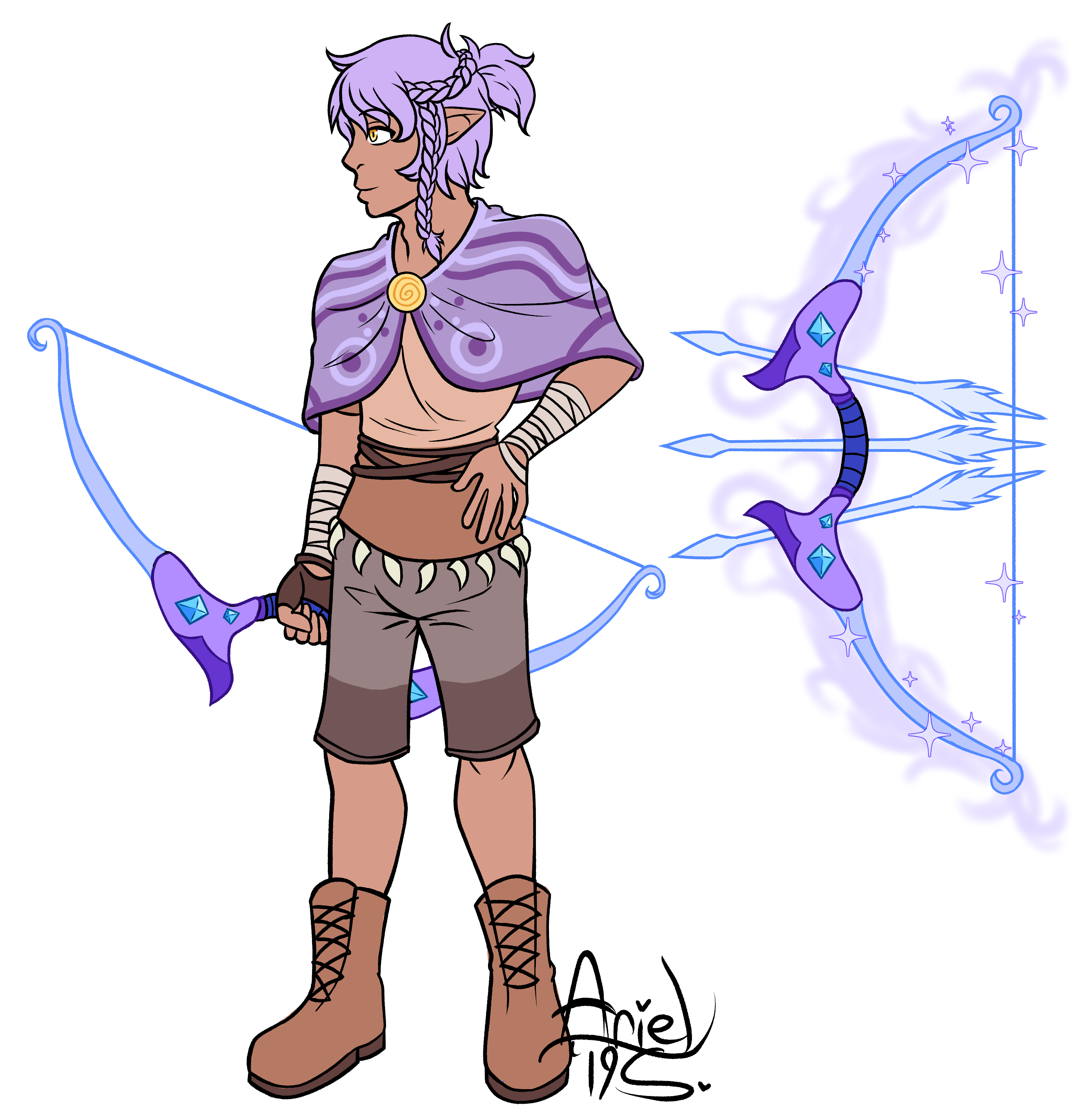
by IbbyWondrous
Genetic Ancestor(s)
Scientific Name
Homo acutus auris
Lifespan
150 years
Average Height
6 - 6'5
Related Ethnicities
Related Myths



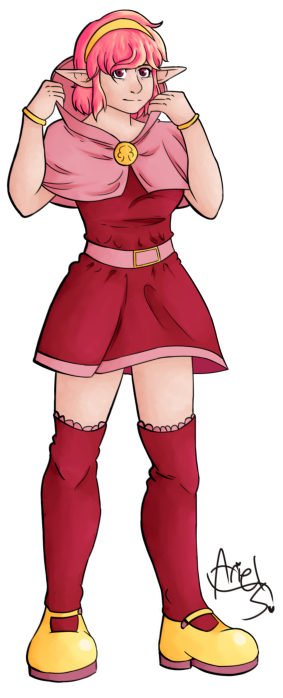
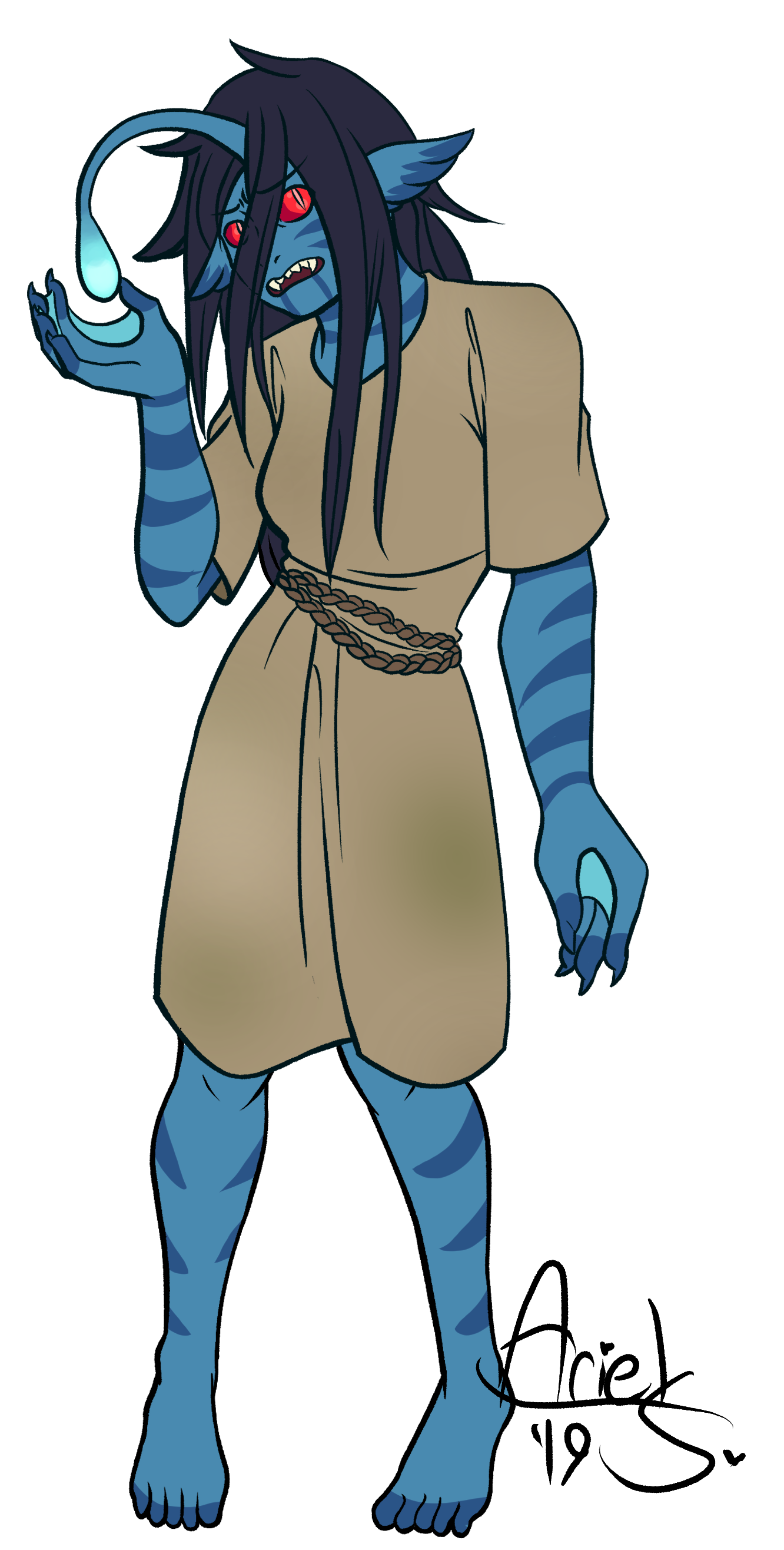
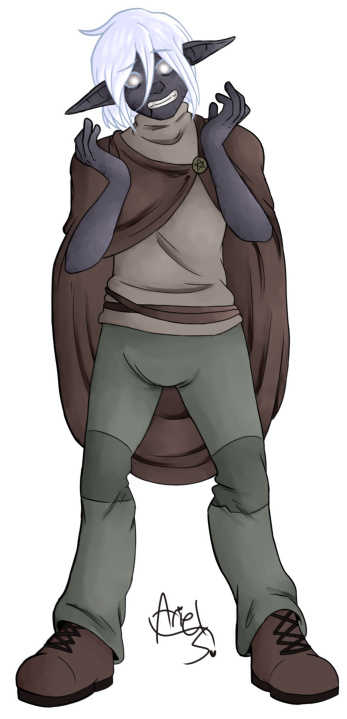
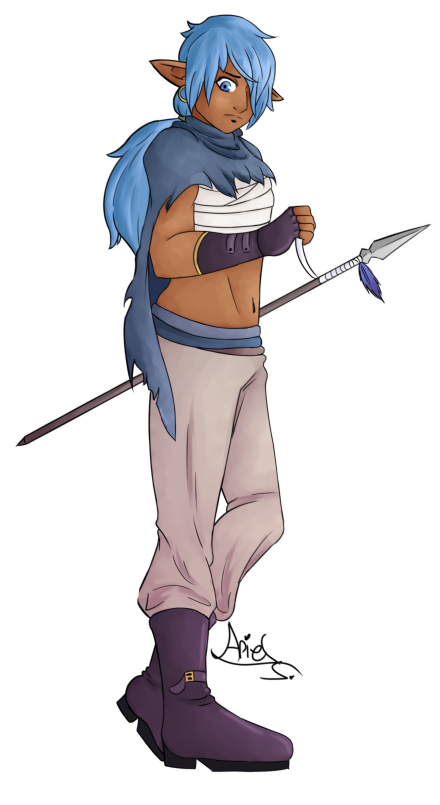
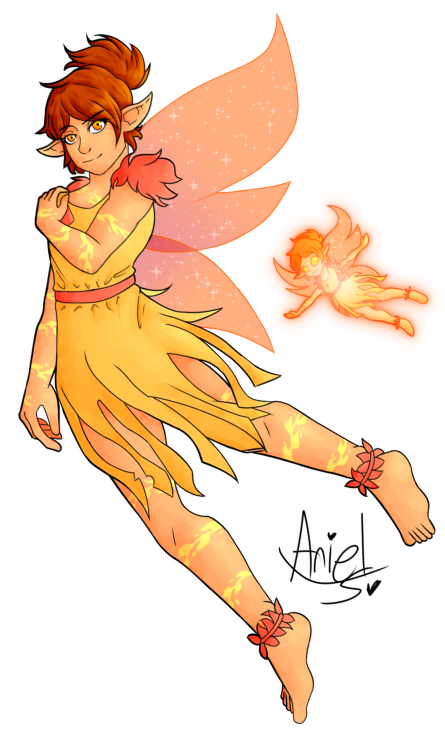
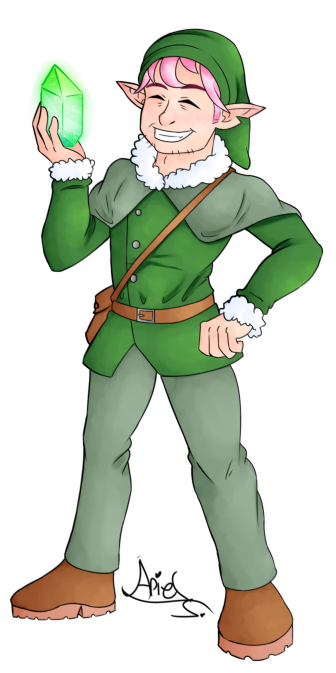
Your header is simply amazing! I saw it on discord as well and was so impressed, incredible work! Also, your article is well written, though some formating could be used to break up the different paragraphs to make it easier on the eye :)